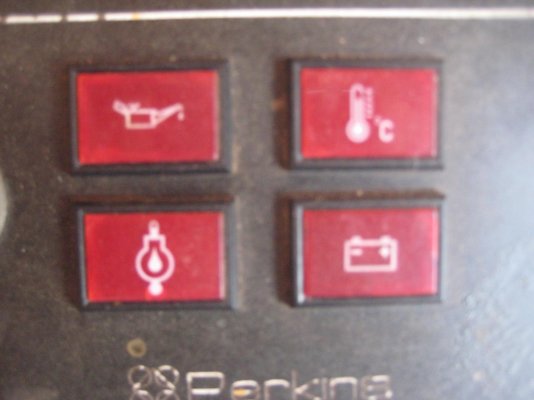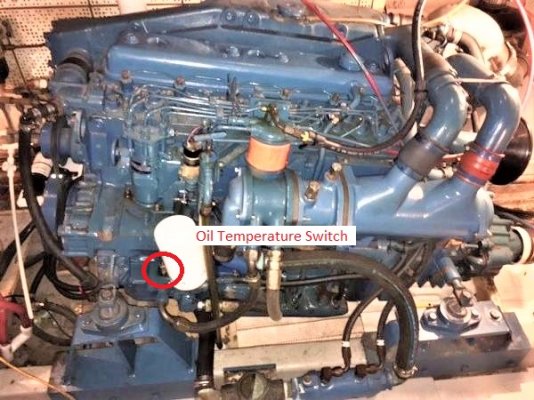DHeckrotte
Guru
Thoroughly frustrated by our port engine and its apparent electrical woes. I've replaced the ignition switch, all three relays, and the starter solenoid.
No joy!
Turn key and the idiot lights light and alarms sound. Turn key to start and lights and sounds turn off and the starter gives one clunk and then nothing. (The starboard engine's idiot lights and sounds work until the engine starts.)
The engine will start if I turn the key to 'run', short the battery connection on the starter solenoid to the signal wire from the ignition (relay?). But the gauges don't work; the stop solenoid won't work; and the idiot lights remain off.
Conclude that there's nothing wrong with the starter motor or the starter solenoid.
I cannot find a circuit diagram that lays out how all those relays are supposed to work.
No joy!
Turn key and the idiot lights light and alarms sound. Turn key to start and lights and sounds turn off and the starter gives one clunk and then nothing. (The starboard engine's idiot lights and sounds work until the engine starts.)
The engine will start if I turn the key to 'run', short the battery connection on the starter solenoid to the signal wire from the ignition (relay?). But the gauges don't work; the stop solenoid won't work; and the idiot lights remain off.
Conclude that there's nothing wrong with the starter motor or the starter solenoid.
I cannot find a circuit diagram that lays out how all those relays are supposed to work.



